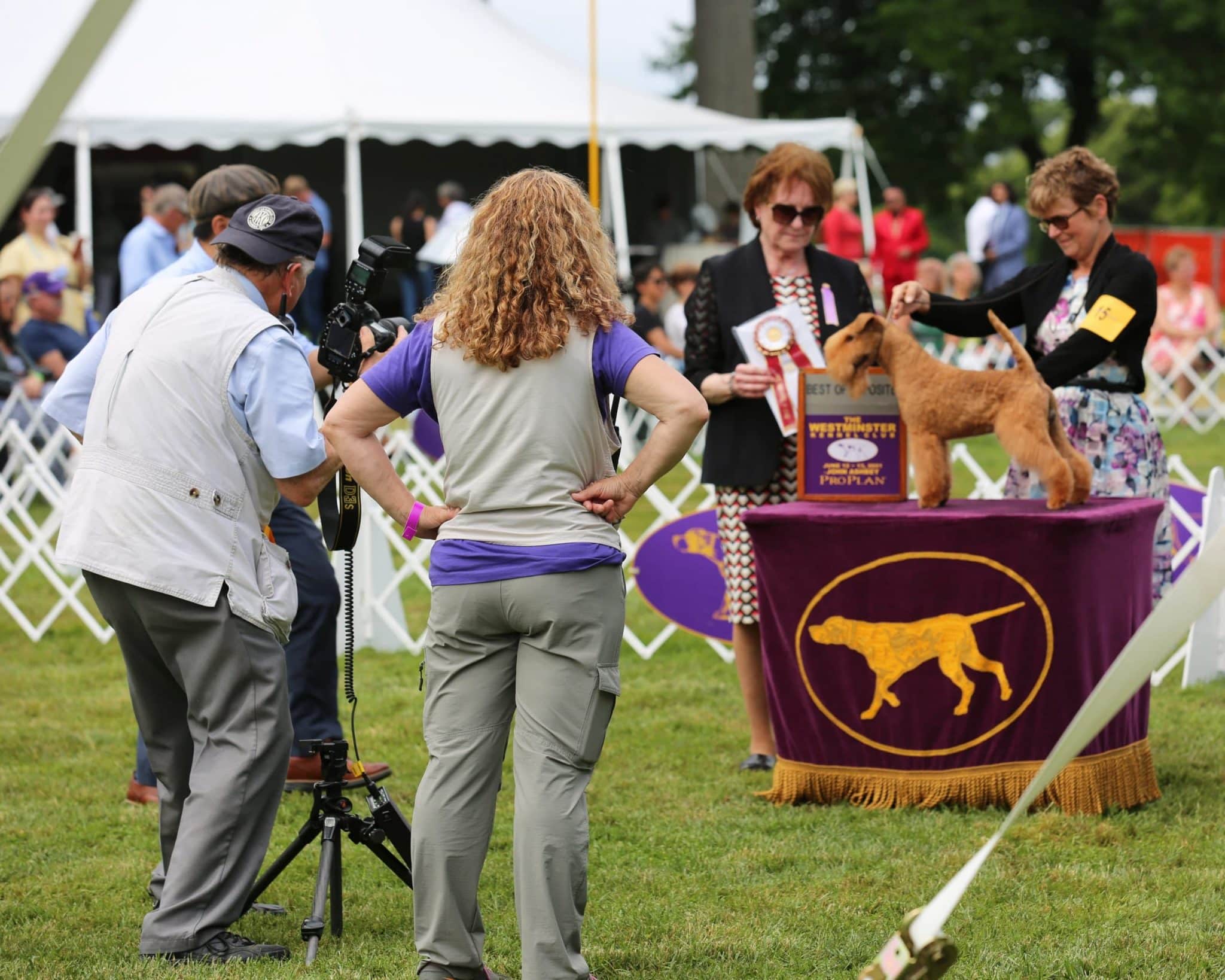By all accounts, man has always had a way to preserve his history. From carvings on cave walls to scrolls, drawings, paintings, photographs, and other objects, man has always found a way to keep a record of his history in our ever-changing and developing world.
As human beings, everyone has some type of recorded history from the cradle to the grave. For most of us, it started at birth when that first photograph of the day we were born was taken. Our life in pictures was often followed by numerous other firsts in our lives; the first steps, first birthday, the first day of school, annual school pictures, certain religious ceremonies, kindergarten, elementary school, high school, and college graduations, the first dance, proms, engagements, weddings, and all of the special events in our lives. Preserving our memories has always been a great and valuable part of life. Most of us enjoy sitting down occasionally to view old photos from our youth; our parents and our many friends and family from years gone by. Each photo is a captured moment in time that can reignite significant memories from our life.
For those of us born during the twentieth century, these memories vary greatly. During our youth, old-fashioned cameras that used film were used to record those moments. When you took a picture, it sat captured on the film until the whole roll had been shot. Eventually, the film was sent to a lab to be developed. This process usually took a few days to a week, and you just hoped that the pictures came out well. If it was moving pictures you wanted, these were done on 8mm cameras that were fairly expensive, and most people did not own one. Eventually, in the late 1970s and early ‘80s, video cameras that used VHS or BETA tape were developed so that you could now record and preserve every moment—almost in an instant. These early video cameras were large and bulky, but you were now able to record all of those special moments in life as home movies.
In the early days, photographs were only taken in black and white. With progress, eventually, color photos came on the scene. In all cases, you saw the actual photo as it was taken. There were no do-overs and you could not see the pictures until they were developed. Kodak was a huge company back in the day and was known for having the best film, cameras, and film development.
As with many things, technology has improved and now you will find it difficult to even find film for your old cameras. Kodak is no longer a giant in the industry, and digital and cell phones have taken over photography. Photo and video technologies are available instantly for the majority of people. Today, people use their cell phones to record or photograph almost everything. Preserving every event in our lives is now very inexpensive and it fills a lot of memory on our computers and devices. Many people no longer print and save pictures in those old photo albums that we used to have to hold and store somewhere. Many of us old-timers have numerous volumes of our own or those that were passed down to us, and we cherish every memory of days gone by. Those memories are precious and they bring great enjoyment to so many of us.
It is also true that in the sport of purebred dogs, photographs have a long and storied history of preserving the past as well as the present. Among the most overlooked (but very much involved) people at any dog show are the official photographers. These individuals play a vital role at each show in the preservation of memories for many owners, breeders, and exhibitors in our sport. It is the official photographer who takes those win photos that so many of us save to preserve as a recorded history of our successes in the show ring.
Dog show photographers can vary greatly in experience, knowledge, and ability. They must learn the different breeds so that they can capture them at their best. A good photographer needs to know what the proper stack is. Does the breed standard specify how the ears are to be held? And does it need to show expression? What is called for in the toplines and tails, and so on? The official photographer’s job is to try to make the exhibit look its very best.
For many years, these talented people also used the film that was previously mentioned. They did not have the luxury to be able to look at the photos until they were developed. So, for many years, even though the majority of their shots were wonderful, it was not uncommon for there to be a “dud” now and then because of a split-second movement that spoiled the picture. Back in those days, you would receive proofs in the mail for you to review and order the picture you wanted. In most cases, there were usually two shots to choose from because, as mentioned earlier, the high cost of film and development did not allow for unlimited shots of the win.
Many of today’s photographers go back to those days of old film and development. They are the men and women who truly developed the “eye” for the best picture of the dog. For a show photographer, producing high-quality photos was the only way to succeed in the business. In those days, photos were mostly taken in the ring, and the wonderful backdrops that we see today were not present. Likewise, the lighting and conditions also affected the outcome. There was not the ability to crop or lighten and darken photos as we have today. What they shot is what you got, for better or worse.
Today, technology has become a great asset in the dog show photographers world. Digital cameras allow today’s photographers to take numerous shots and review them instantly to see that everything looks as it should. If it doesn’t, they can take another while the judge, the dog, and the handler are still present. Technology, whether you see it as good or bad, also allows them to do this thing called “Photoshop.” They can make corrections to the sign if something was forgotten, and they can crop and enhance the colors and make little adjustments to make the dog look its best. (Some of these people are even very good at eliminating a tongue hanging out, helping to fix a topline or altering little things to make the photo “perfect.”)
They can also send the owners either printed or digital copies of the wins, which can be used in advertisements or just as additions to our recorded history of each dog—to be preserved forever in print or on the cloud.
As a breeder, owner, and exhibitor, I cherish many of these win photos and I have books and books of them. They are wonderful memories of the dogs we have loved and lost as well as those special wins that keep us coming back.
Although in today’s world we can all take instant photos or videos of our dogs in the ring, it is only the official photographer who is allowed to take those official win photos at the shows. Exhibitors need to respect these individuals and their profession. You should not stand behind the photographer and try to take the same shot with your cell phone. When you do that, you are violating copyright laws and could be subject to lawsuits from the photographer. Almost every premium list identifies the show photographer and indicates that only the official photographer can take the official win pictures. Just like any other professional, these people bring value to the dog show world and have been doing so for a very long time.
Most dog show photographers are very warm and considerate people who are trying very hard to provide the exhibitors with the best possible picture of their wins. These people are patient individuals who are supplying you with a service. Their time, equipment, and investment in their business need to be respected. When you request a winning photo, you are taking up the time of the judge as well as that of the photographer—and his expertise. You should never take a photo if you have no intention of purchasing it.
Some people think that a judge will be offended if they don’t request a photo. As a judge of over 35 years, I can tell you that this is not the case. If a judge is offended because you did not take a photo, shame on him or her. Photos are wonderful memories, but as we all know, they cost money. If an exhibitor chooses not to take a photo of each win, it should not matter to the judge. Every exhibitor does not have an unlimited budget and each one has a reason to choose to have a photo taken or not.
Remember that the official photographer is there for you. The knowledge, experience, and high-quality equipment they use will give you great memories to preserve for all time.
Preserve your memories; they are the history of your journey.









